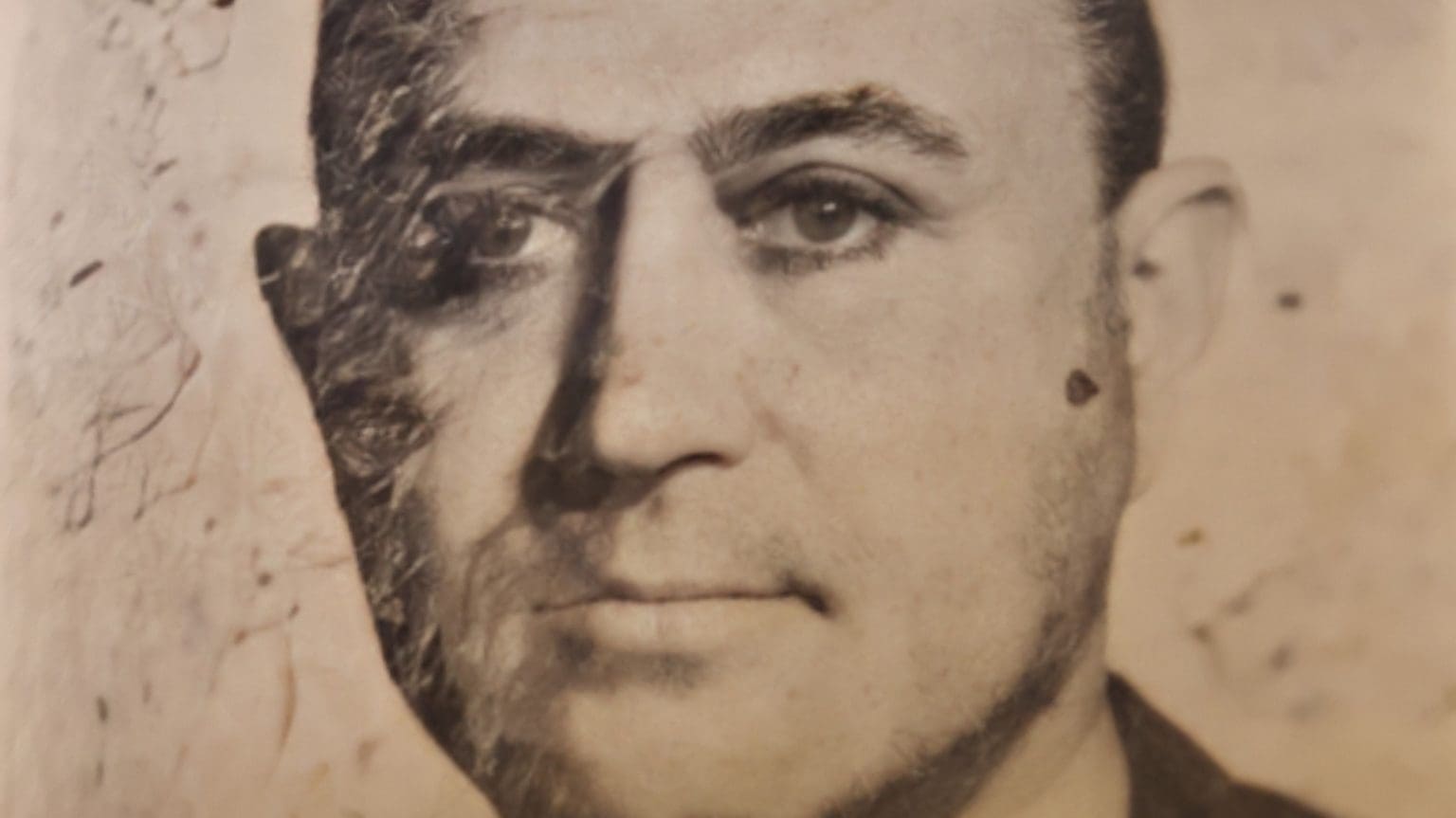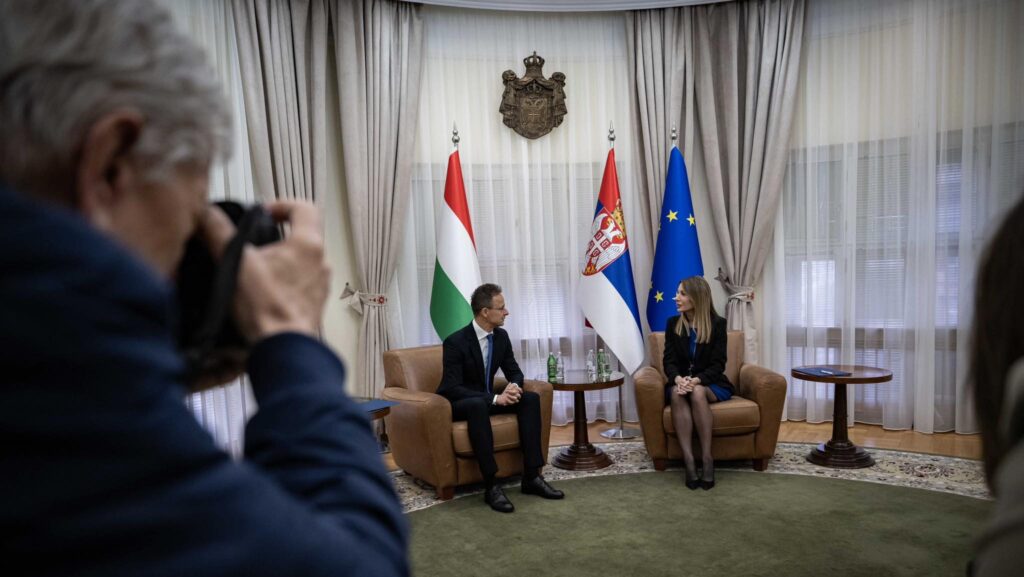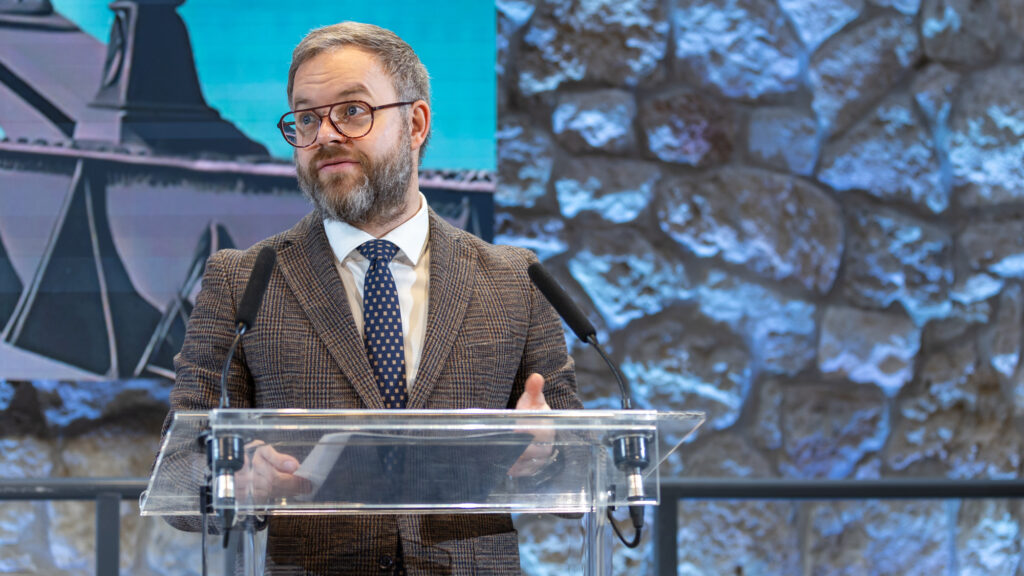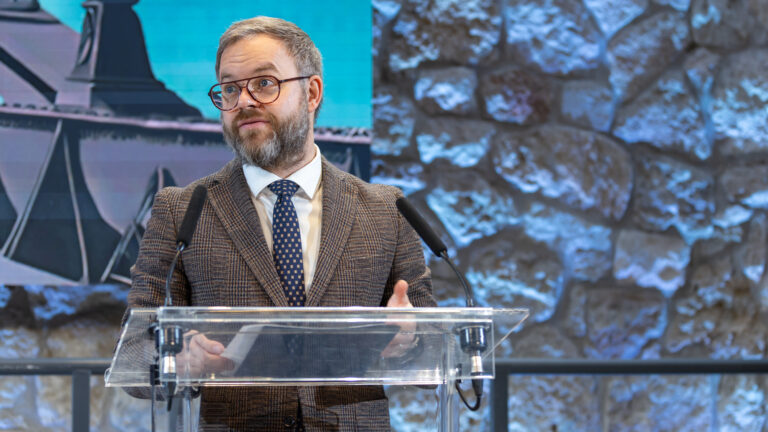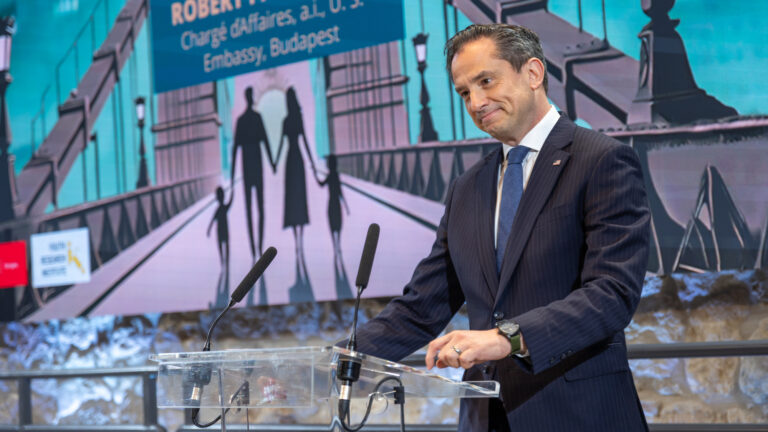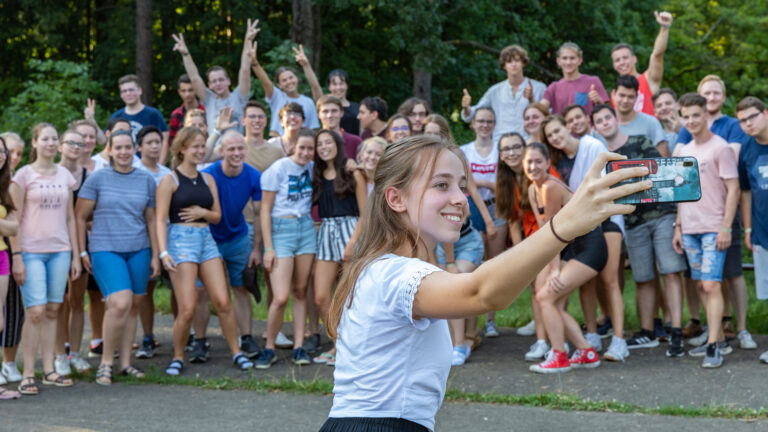This story is about a member of a Hungarian Jewish Council accused of Nazi collaboration in Hungary during the year 1944. The history of the rural Judenräte (Jewish Councils) in Hungary is not widely known, because most of the countryside Jewry was destroyed, and the surviving members, understandably, tried to keep silent about what happened during the war. I am not trying to write a short history of Hungarian Jewish Councils here, but I need to note that many members of the Councils faced unjust accusations after the war.[i]
Sometimes the accusations did not stop at honour courts and angry articles. Some Jewish Council members were put under investigation by the so-called people’s prosecutors (népügyész) and some even faced trials.
This article deals with the case of the co-head of the Kaposvár (South-Western Hungary) Judenrat, Ödön Antl. Antl was born in 1898 in the tiny village of Felsőmocsolád. He fought in the First World War, and later became a wealthy timber merchant (a newspaper named him as one of the richest locals in 1941). Antl was active in politics, so much so that even though he was an Orthodox Jew, in 1918 he founded and led the local branch of the Smallholders’ Party.[ii]
After the German occupation of Hungary in the spring of 1944, mayor György Kaposváry named Antl as co-head of the local Judenrat, the other leader being Jenő Mittelman, a rich owner of an apothecary shop. The Judenrat was reorganised many times, and by 2 June Antl was the only head. (The reason behind this could be that Mittelman had fled to Budapest earlier, to be hidden by rabbi Béla Berend).
He had been drafted for unarmed labour service in the Hungarian military
After the war, some newspapers wrote that Antl had been deported, but in reality, he had been drafted for unarmed labour service in the Hungarian military. Interestingly, on 15 December, the mayor was notified that the Judenrat was functioning again, mostly focusing on aiding labour servicemen. Available at the local archives is mayor Kaposváry’s call to the public, announcing that the Soviet army had named him as head of the town. So there is evidence the the Judenrat was in existence for a while even after the town’s liberation.
Many works have been written about the Kaposvár Holocaust, and none of them mention any serious role that the local Judenrat may have had in the deportations.Despite that, a file on Antl was opened in June 1945by the local people’s attorney, under reference number Nü. 36/1945.[iii]
Antl was under investigation for having sold walnut lumber to Germany as a merchant, and therefore aiding Hungary’s role in the Second World War. Had he stood trial and been found guilty, he could have been executed.
The accusation was ridiculous: from the confiscated company documents it transpires that Antl never sold great quantities of wood, and what he did was only suitable for making furniture. It is obvious that other charges were raised against Antl as well, but the only information about those is provided in the testimonies of Antl’s colleagues.
According to clerk Margit Fink, Antl was never ‘in touch’ with German officers during the occupation. She did testify, however, that the Germans confiscated Antl’s flat on 22 March 1944. Imre Mike, the director of the company, testified that according to his knowledge, Antl had never ‘dined’ with German officers during the occupation.
These testimonies reveal what types of questions the investigating authorities asked Antl’s colleagues: leading questions aiming to paint him as an evil capitalist Jew having fun with Nazi Germans. This picture of Judenrat leaders later reemerged when charges were raised against the Budapest Judenrat.
Antl’s lawyer, one Gábor Goitein, wrote a detailed reply to the prosecutor, from which it is clear that at one point Antl was charged with having promised arrested fascists a ‘quick system change and also release (of the arrested)’.
In his letter, Goitein pointed out the absurdity of the accusation of a Jew from a small Hungarian town of having aided the role of Hungary as a Nazi ally in WWII: ‘Is it conceivable…that the accused, like some sort of Basil Zacharov from Felsőmocsolád…wanted to turn the tide of world politics…and of all countries, with his attributes (as a Jew), he would have tried to help the Germans?’
Antl’s testimony is also an important document: he stated that he was a Jew forced to perform labour service, and that his wife, sister and the whole family had been deported. His wife survived the Holocaust, but we do not know how many relatives Antl had lost. But in one text written in the 1950s, he said ‘95 per cent of my family was murdered’.[iv]
In the end, the people’s prosecutor concluded that the Hungarian state had exercised a monopoly over the export of timber used for making weapons from 1942, and that the lumber sold by Antl was of such small quantity that
In the end, the people’s prosecutor concluded that the Hungarian state had exercised a monopoly over the export of timber used for making weapons from 1942, and that the lumber sold by Antl was of such small quantity that
In the end, the people’s prosecutor concluded that the Hungarian state had exercised a monopoly over the export of timber used for making weapons from 1942, and that the lumber sold by Antl was of such small quantity that it cannot be viewed as an economic role that could have aided the country’s role in the world war in any way.’ The file was closed in September 1945.
Antl was head of the local Orthodox community, and also a member of parliament for the Smallholders’ party
After the liberation of Hungary, Antl was head of the local Orthodox community, and also a member of parliament for the Smallholders’ party. He only delivered one speech: he denounced the passivity of the authorities during the 6 August 1946 pogrom of Kunmaradas.[v] In 1950 he left for Austria, and then one year later for Argentina. In a letter written in 1961, he claimed to be living in Chile, but by 1965 he was already living in New York. According to a newspaper article, by this time he was an enthusiastic Zionist, having established a foundation, in memory of his brother, for Israeli medical students. He died on 21 December 1976 in New York. According to press reports, he was buried in Israel.
His story illustrates well the controversial treatment given to surviving Judenrat members in post-war Hungary. Sometimes post-war transformative justice did catch real war criminals, but sometimes completely innocent men like Antl were caught in its machine.
[i] About the Budapest Jewish Council, see: Schmidt Mária, Kollaboráció vagy kooperáció? A Budapesti Zsidó Tanács, Budapest, Minerva, 1990.
[ii] Hatikva, 1 January 1966.
[iii] For all quotations from the documents of the investigation, see: Magyar Nemzeti Levéltár Somogy Megyei Levéltára (Kaposvár), XXV.2. Nü. 1945/36.
[iv] CIA, SpecialCollection, MAGYAR, HARCOSOK, BAJTARSI, KOZOSSEGE VOL. 2. 0025. 1951. Document Number: 519697e4993294098d50b956. See online: https://www.cia.gov/library/readingroom/document/519697e4993294098d50b956 (I’d like to thank Lajos Somogyvári for his help in interpreting the documents.)
[v] Magyar Nemzet, 8 July 1947.

